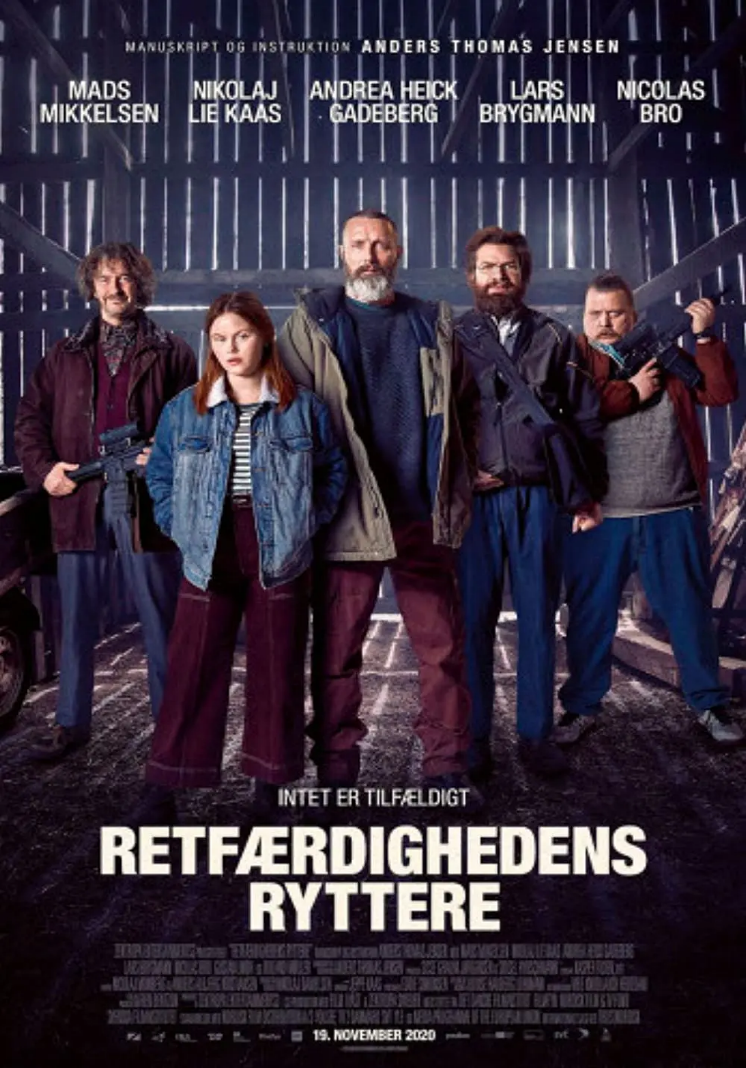The Neon Demon Black Hole

When an object is sucked into a black hole, it is captured by its powerful gravity, accelerated and eventually crosses its event horizon, the point in that black hole where the gravitational force is so great that the escape velocity is exactly equal to the speed of light, and behind the event horizon is a realm that is physically unobservable to humans, an endless darkness where the object is either torn apart by the powerful gravity or continues to accelerate towards the core of the dead star.
NWR’s film The Neon Demon is exactly that – a beautiful and dangerous black hole whose boundaries we, the audience, and Elle Fanning’s Jesse traverse in the film. Formalism is a prominent symbol of NWR, and a reason for critics to flock to it. While it is true that formalism has been used to label NWR, we are confronted with several of his works in recent years: “Dead Man Driving,” “Only God Forgives,” and now “The Neon Demon,” and we must ask, when a filmmaker pushes the limits of form so far, is that still the case? After all, no one can see anything inside the event horizon, especially the unjustified critics who cannot see the world NWR has created beneath the surface of cinematic glitz and glamour.
The beginnings of this tendency toward formality were just beginning in “The Departed,” revealed in a few specific shots and scenes; by “Only Gods,” it was a reckless play with lamps and violence, slow pacing and lengthy plots almost to the point of artifice; and “Neon Demon”? Perhaps it starts out the same way, with a few modeling veterans at a clichéd neon party, talking about where the new girl’s parents are, how many boyfriends she has, and how beautiful she is, seemingly like an alien; when one model says “there’s going to be a show at the party,” NWR then shows us a strange bondage Next night, the boy takes the girl out on Mulholland Drive to see L.A. at night and speaks inspirational lines about ambition; the new model goes to an audition and lies about being an adult and becomes “famous” as the other girls shed tears of jealousy; flower pots smash into the glass creating a cobweb-like spectacle and Jesse is destined to step on the glass. Jesse is destined to step on the glass …… Everything runs uncomfortably within the logic of the so-called reality, and in the flashy, bright colors of “City of Love” seems even more clichéd as a way to let the naysayers take advantage of the situation, but NWR couldn’t care less.
So let’s say that this is just the last struggle before the object is completely captured by the black hole: the protagonist’s parents and age are no longer mentioned, the competition no longer exists, until we are completely detached from all the logic of reality. I’m talking about the moment when Jesse, and all the viewers, cross the “event horizon”: Jesse’s walk. At minute 55 of the film’s director’s commentary track (after the dramatic audition, when Jesse’s photographer boyfriend Dean arrives at her house), NWR proudly states that this is the longest piece of music he and soundtrackist Cliff Martinez have ever collaborated on, at 17 minutes. Although the film’s music is only 10 minutes long in total, it is used throughout three of the film’s most important situational twists – the beginning of the fall, the beginning of the unknown – and Martinez’s music for the film is arguably the best electronic score to emerge in years, no doubt adding another sense of ritual along with the film’s numerous slow pushing shots. The film’s music is arguably the best electronic score to emerge in years, and undoubtedly adds another sense of ritual along with the film’s numerous slow pushes.
The Neon Demon is perhaps the best paced film in NWR, and this music bridges the gap between scenes, even taking over the film’s so-called narrative later on. Before the music begins, Dean arrives at Jesse’s hotel room with flowers and Jesse faints, at which point the film shows its iconic symbol for the first time – the “neon demon”, three blue upside-down neon triangles. The director apparently deliberately placed this symbol here to herald its return. Returning to the soundtrack, the music, which is indeed 10 minutes long, enters slowly, starting with Dean’s confrontation with Keanu Reeves’ evil hotel owner, which we already hear in the background but is not very obvious; then the music builds up, leading the film into the fashion show, until it sends Jesse into the abstract “entrance” of the triangle “in a triangular abstract “portal”, finally completing her transformation.
The “fashion show” scene is so shocking that it almost becomes a science fiction film, and NWR does not bother to create a so-called real runway show – the models, the audience, the press, the applause, the excitement and crisis of sudden fame and fortune; we must understand that The genius of NWR is that he distills all these complex factors of reality into a few minutes of visual confrontation between one person, Elle Fanning, and two seemingly abstract graphics, the “Neon Demon The visual confrontation between one person – Elle Fanning, and two seemingly abstract graphics – the “neon demons” – is a few minutes long. No more elaborate psychological struggle of the protagonist, no more verbose ramblings, we have seen all these before, now everything is only film, only images: we see the blue turning to red, Fanning’s face changing from naivety and fright, reaching the other side of that confidence and even narcissism, with that enchanted look. That’s all, that’s all. The flower of narcissism is now inside her. And the moment the music stops, the power of silence is so powerful that we have come to a new realm, Jesse in a new dress to the other side of the curtain, just like another person.
In the third act, when the film comes down to the final confrontation between the characters, I got my first glimpse of the truly free NWR, the depressed and nervous NWR whose wife was filming “Only God Forgives” in the documentary “My Life Directed by Ravern,” but that’s history. Just like Jesse, he has completely embraced his ego (NWR’s 2011 Cannes Film Festival Best Director award for “Dead Man Driving” sent him to the pinnacle of popularity) and narcissism (the polarizing reviews of his first full-blown stylized NWR in 2013’s “Only God Forgives”), and has truly unleashed his formal aesthetic with aplomb.
This time, in 2016, he printed the abbreviation of his name like D.W. Griffiths did, directly under the title credits of his own films (if this were a silent film that required a title card, perhaps things would be a bit more like that). He creates a closed parallel time and space, turning new models into “alien invaders” with computer-generated plasma and moons hanging in the screen; he kills the protagonist and has his “spirit” inherited and buried as a bomb; he chooses to make the music the real body of the film’s sound He chose to let the music be the real body of the film’s sound, and there are no longer even any real sound effects, while the number of lines has been reduced to a handful. This is not to say that NWR has turned the film into a silent film, but has actually built a new world. After reaching the limits of formalism and crossing the event horizon, NWR has created a new realism, and we have reason to believe in his world.




